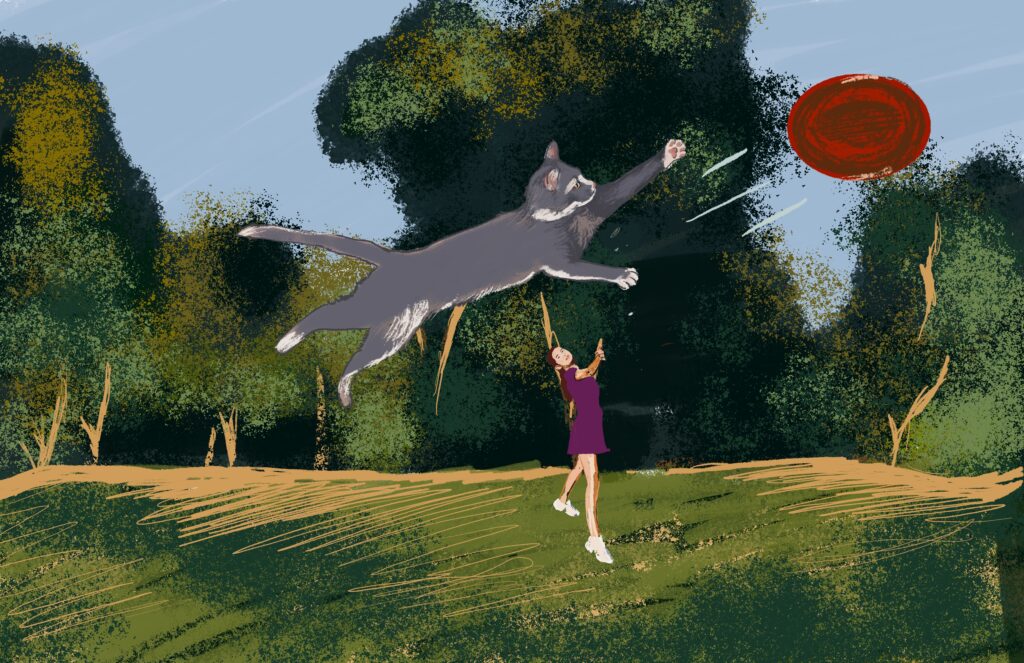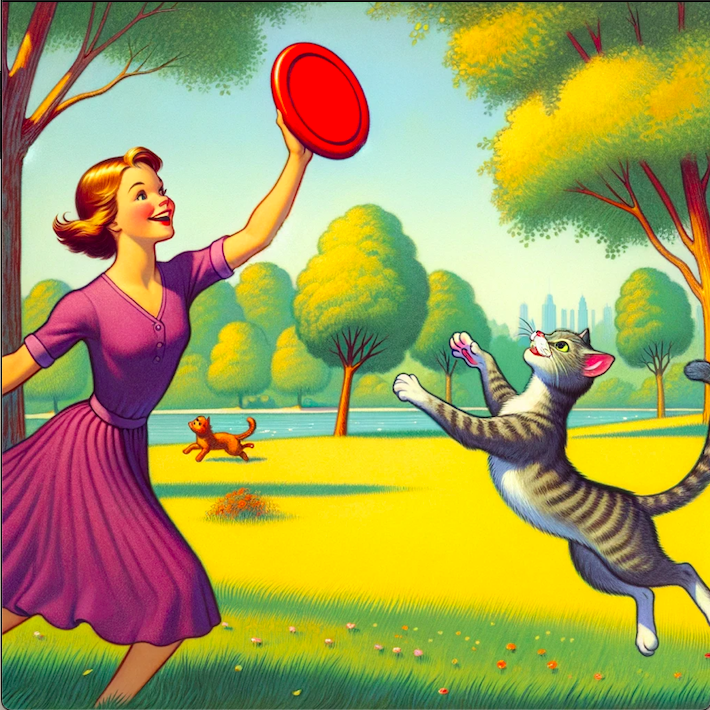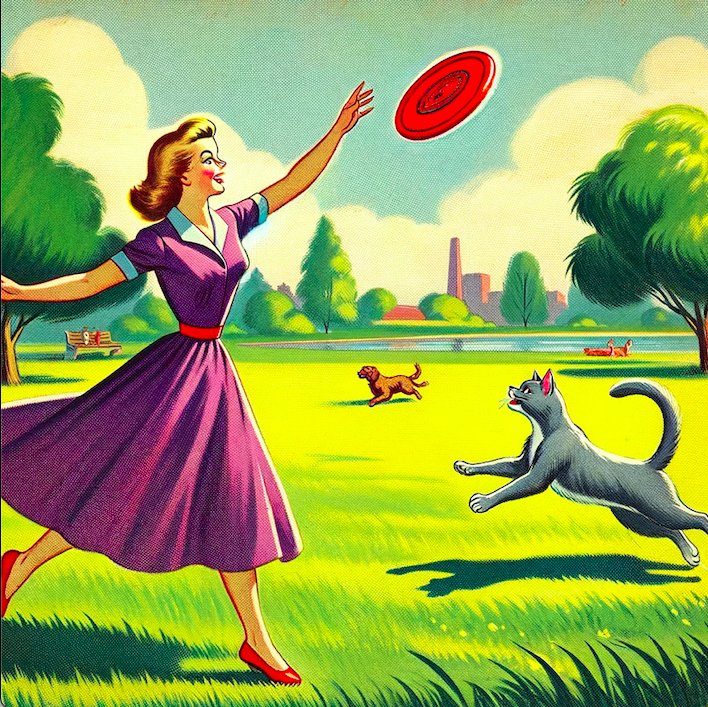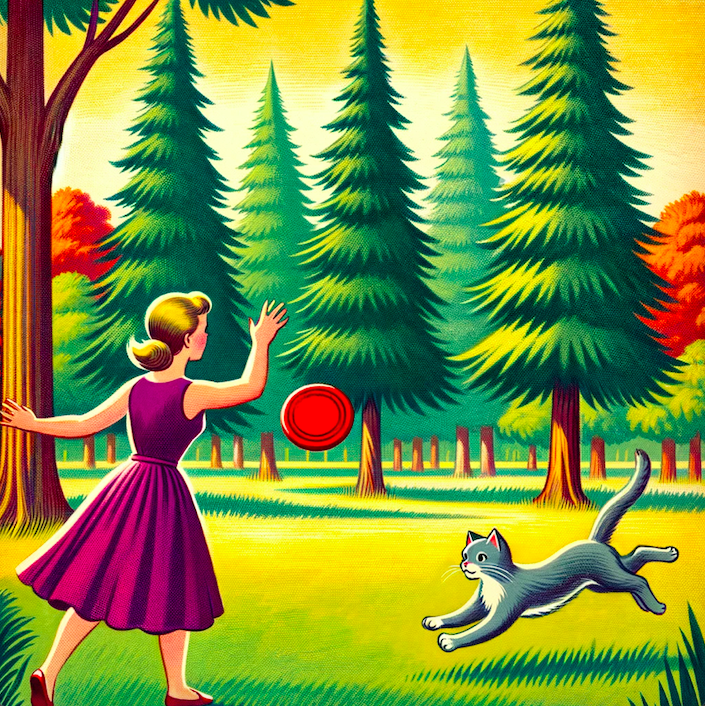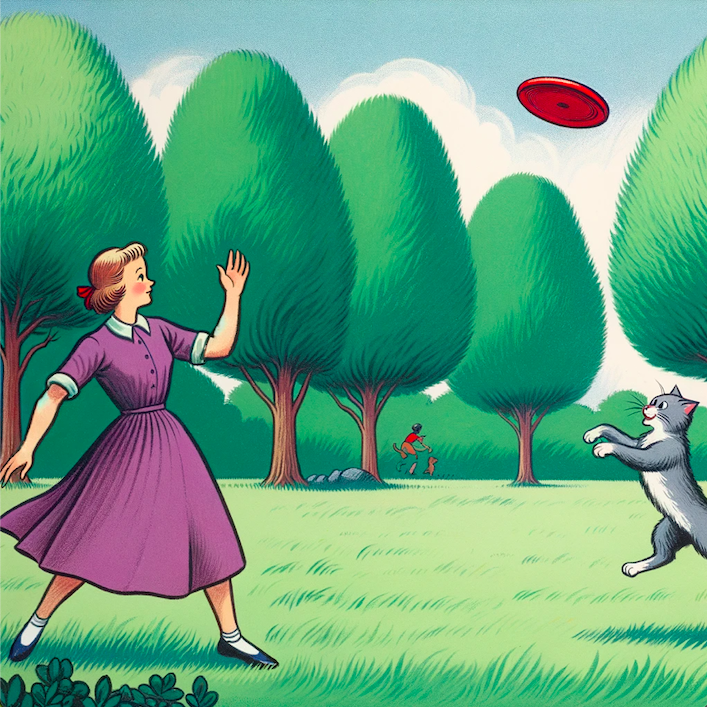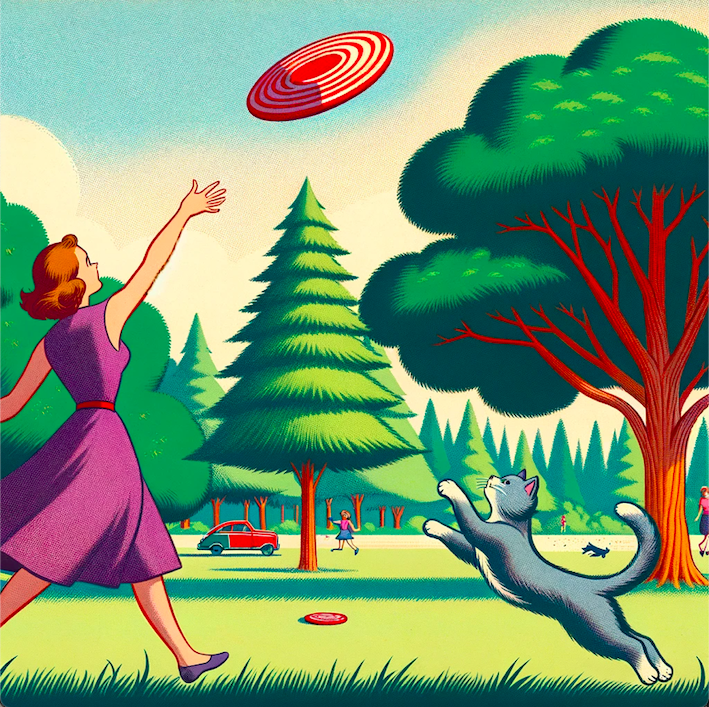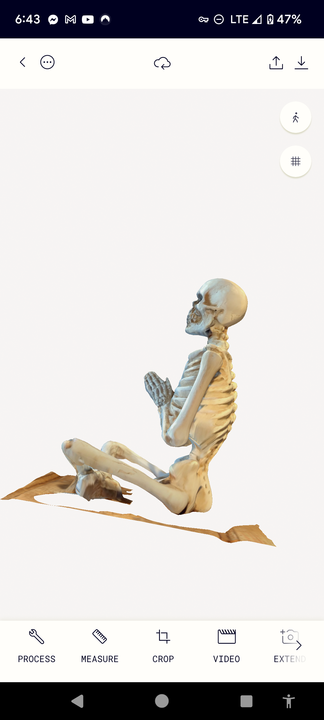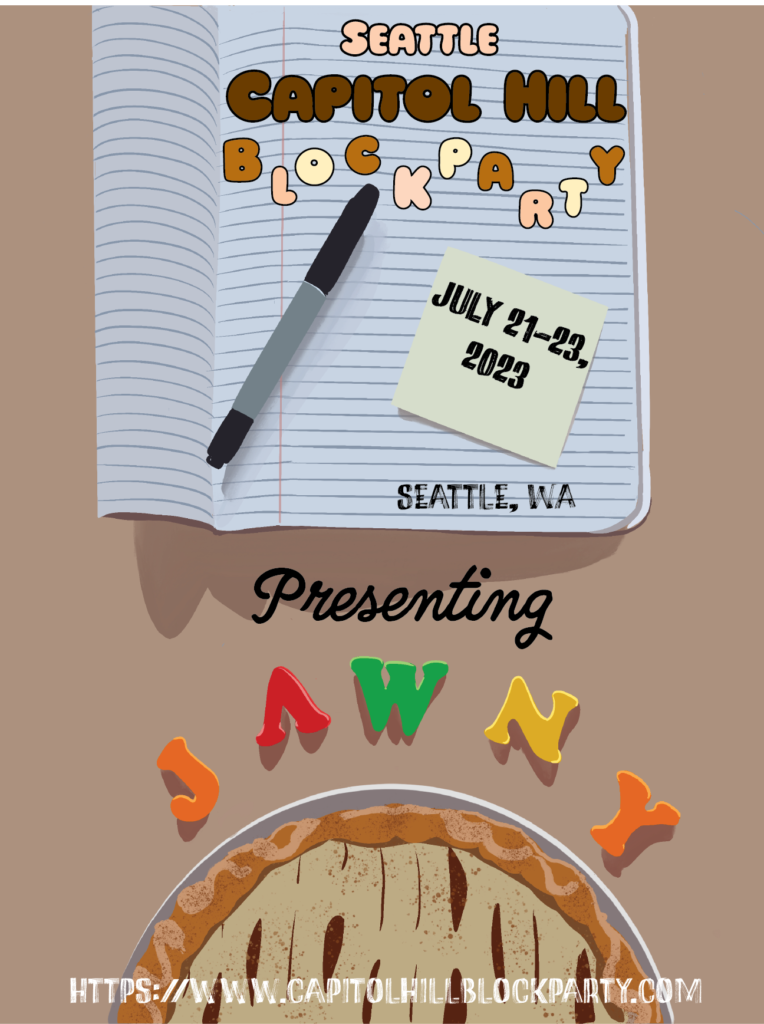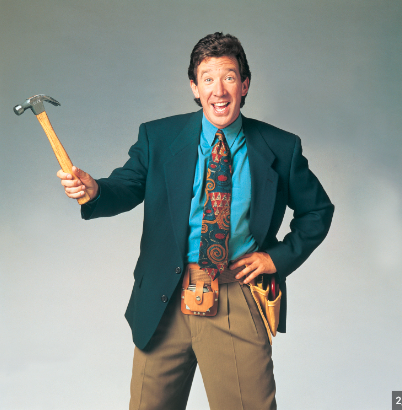
I’ve always admired graphic designers in the film industry like Annie Atkins, who blends her practical knowledge and deep appreciation for historical authenticity. The graphic design field requires various tools in order to be successful. They may not all be literal tools, but starting with a mindset of preparation for the future requires a thoughtful analysis of one’s strengths and weaknesses. A combination of specific skills, continuous learning, a deep understanding of employers demands, and a willingness to adapt to different director’s visions are key to success.
Researching history can be a really successful asset in your tool belt. It’s important to know how to research for a project. I want to work in the film industry and produce work that is compelling and accurate. If I am working on a period film, having in-depth knowledge of the importance of convincing graphic design from that period creates a better illusion for the viewer. Some of the best work I’ve ever seen are in Wes Anderson’s films. His films give the illusion of effortless designs.
Understanding the industry you are working for can really saw off the competition. The integration of graphic design with set design and storytelling is particularly important in the film industry. Knowledge of how visual elements contribute to storytelling in film is essential. Designers must understand the narrative and how their work fits into the broader context of the story.
Creating a tailored portfolio can really sand away the imperfections. Create work that showcases your ability to design in a style similar to that of your employers. This could include mock movie posters, book covers, or any other materials that could be part of a film’s overall design. While it’s important to understand and emulate the style, bringing one’s own unique skills and perspectives is equally important. It’s beneficial to showcase work that feels authentic to one’s creative voice and technical abilities.
Building technical abilities brick by brick. With an ever changing graphic design world, adaptability is important. Staying relevant and up to date with programs used by hiring companies will allow more opportunities to unfold. Learning more motion graphics and video editing software, like Adobe After Effects, could be relevant for title sequences or in-film graphics. It could open wider possibilities in the graphic design industry.
Increase your adaptability with a multi-tool of your choice. Designing paper props for movies requires a great deal of adaptability. Depending on the film and time period, you need to create convincing designs that fit not only the time period, but also the location. Every region has its own graphic language that convinces the audience that the setting and place is authentic. Being able to adapt to a change in style and graphic preference is key to survival.
Perfecting communication skills on the job site. Well developed communication skills can be used as a tool to help articulate visual ideas. Developing interpersonal skills builds confidence with clients and team members. Collaboration helps create more visually compelling work for a client.
Tie your boot straps and develop Storytelling abilities. Stories evoke emotions and can make work memorable and relatable. Emotionally engaged clients are likely to form a lasting connection. A well thought out narrative can not only simplify complex information but it can also be much more engaging. Building a brand identity benefits from a well developed storyline and conveys a brand’s values, mission, and personality.
Begin networking to drill it all home. Establishing connections within the film industry as a graphic designer can help your chances when working on graphic design props for filmmaking. Attending film festivals, workshops, joining relevant online communities experienced in film-related graphic design, and by studying independent films, commercials, or theater productions.
